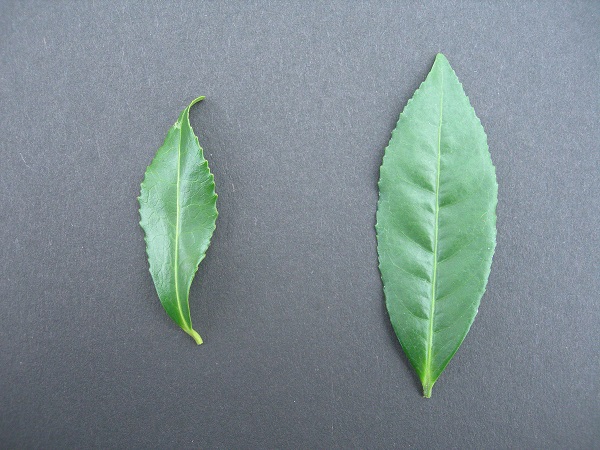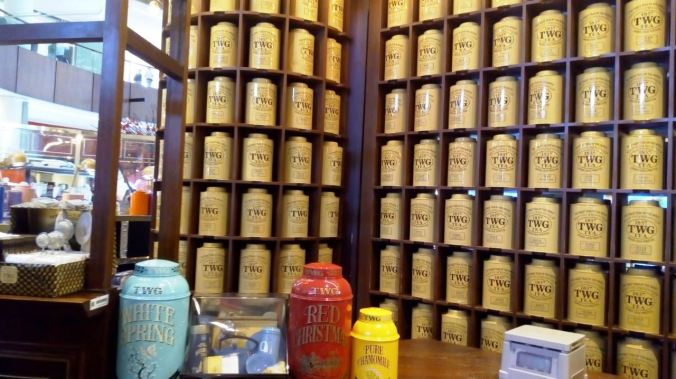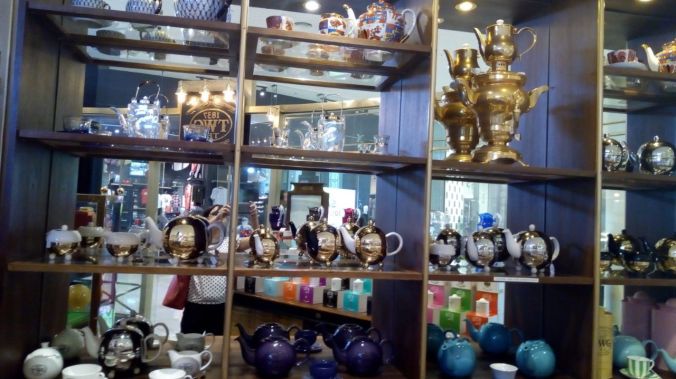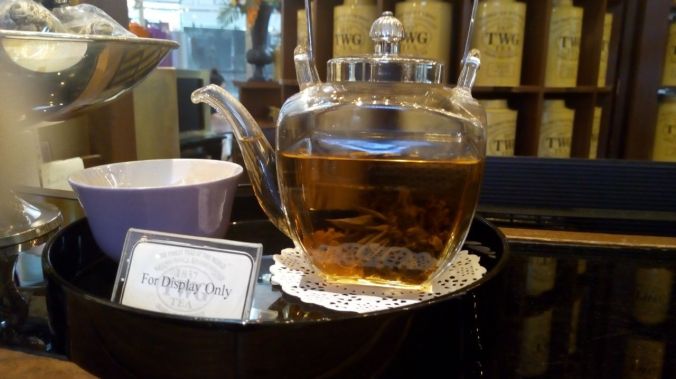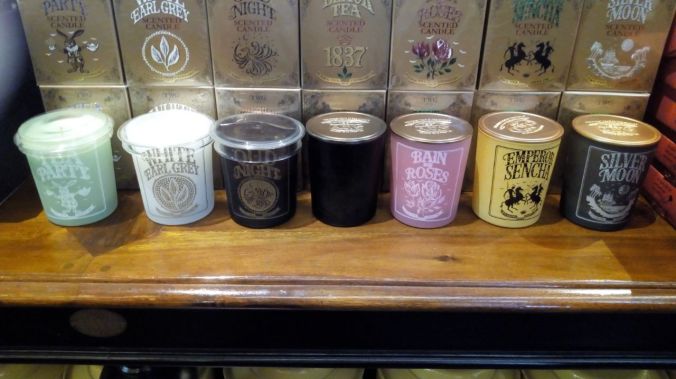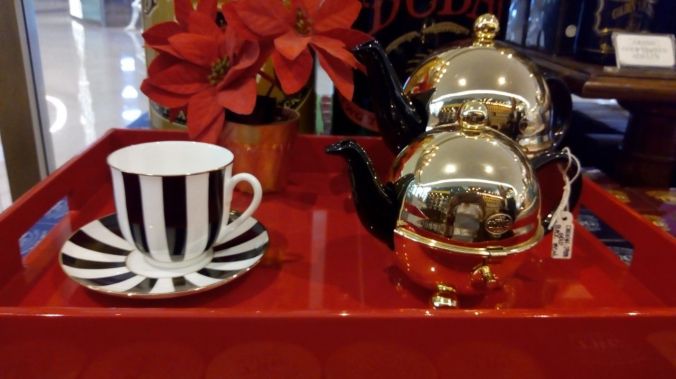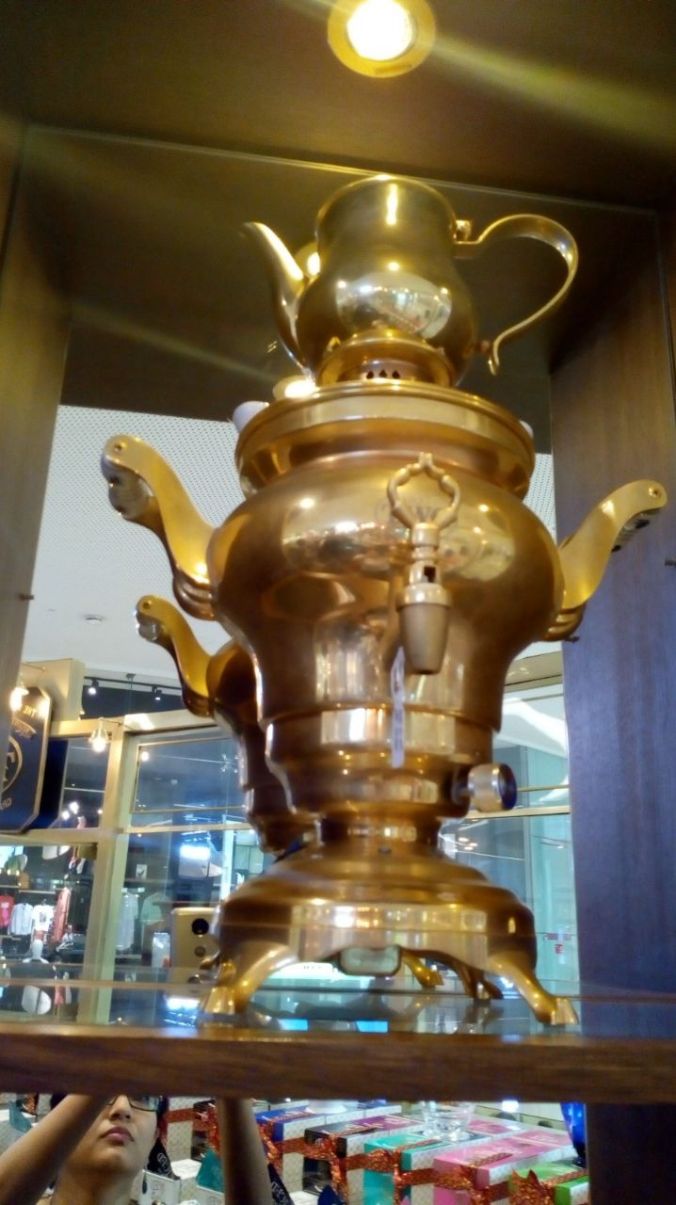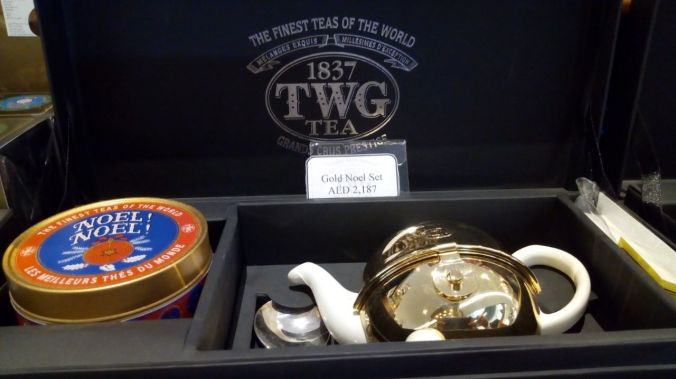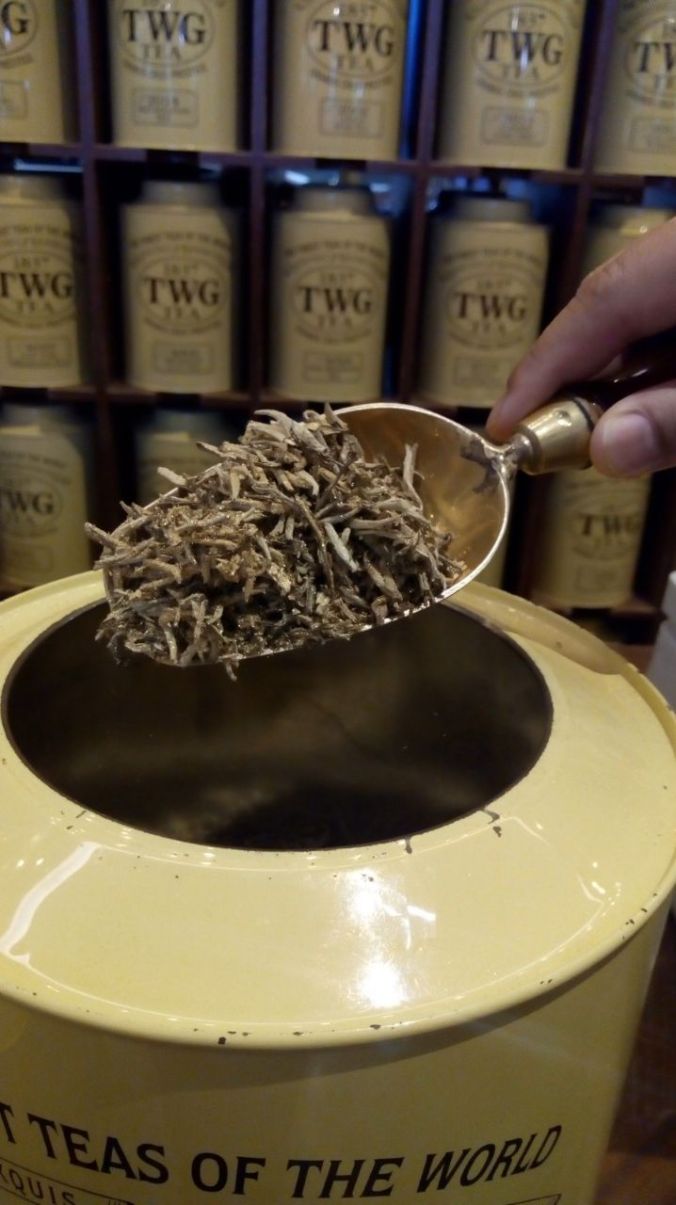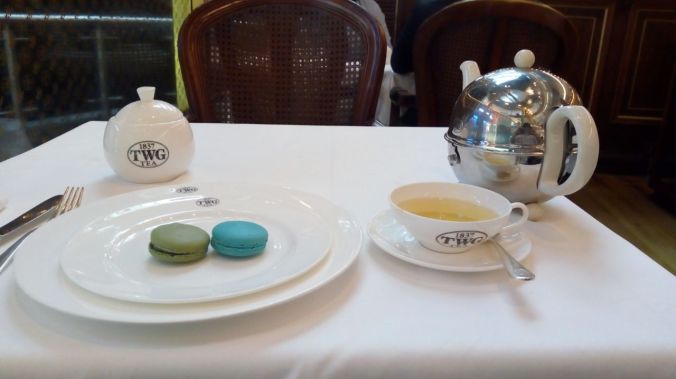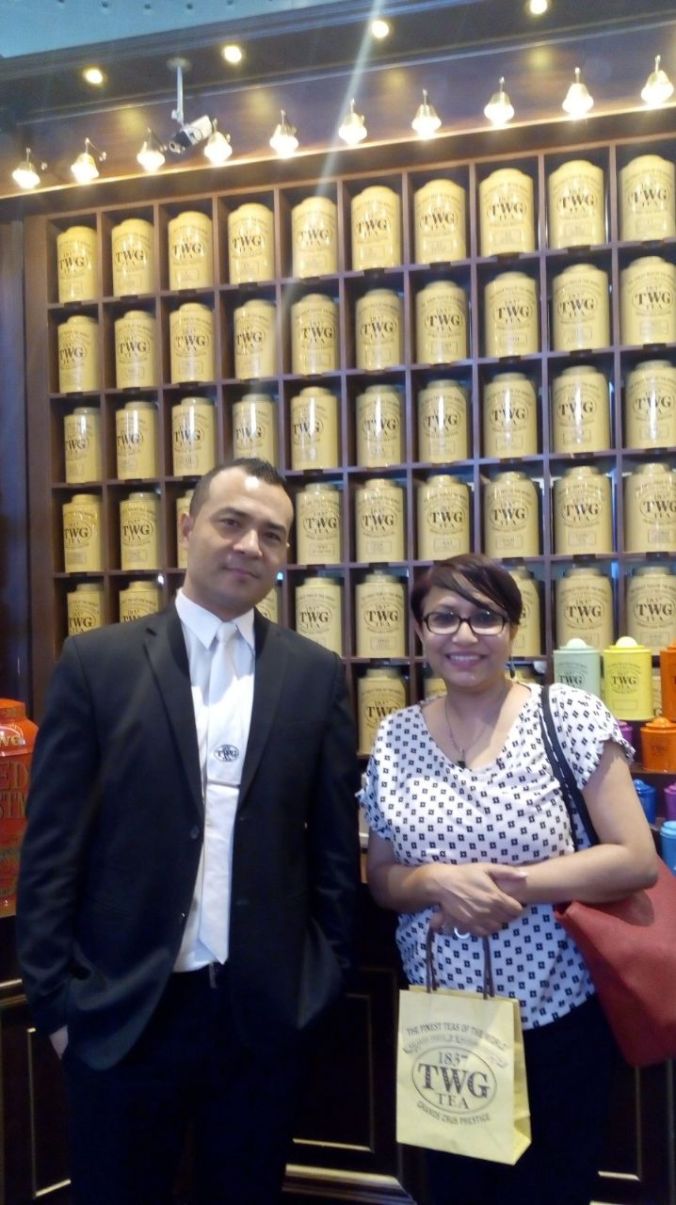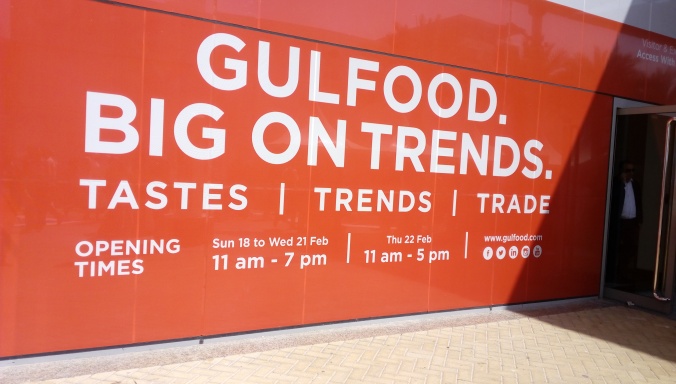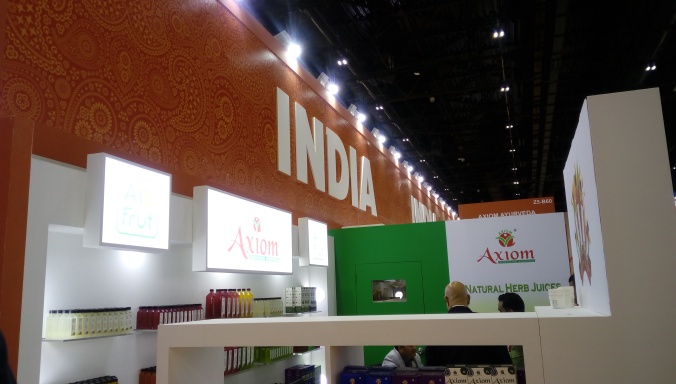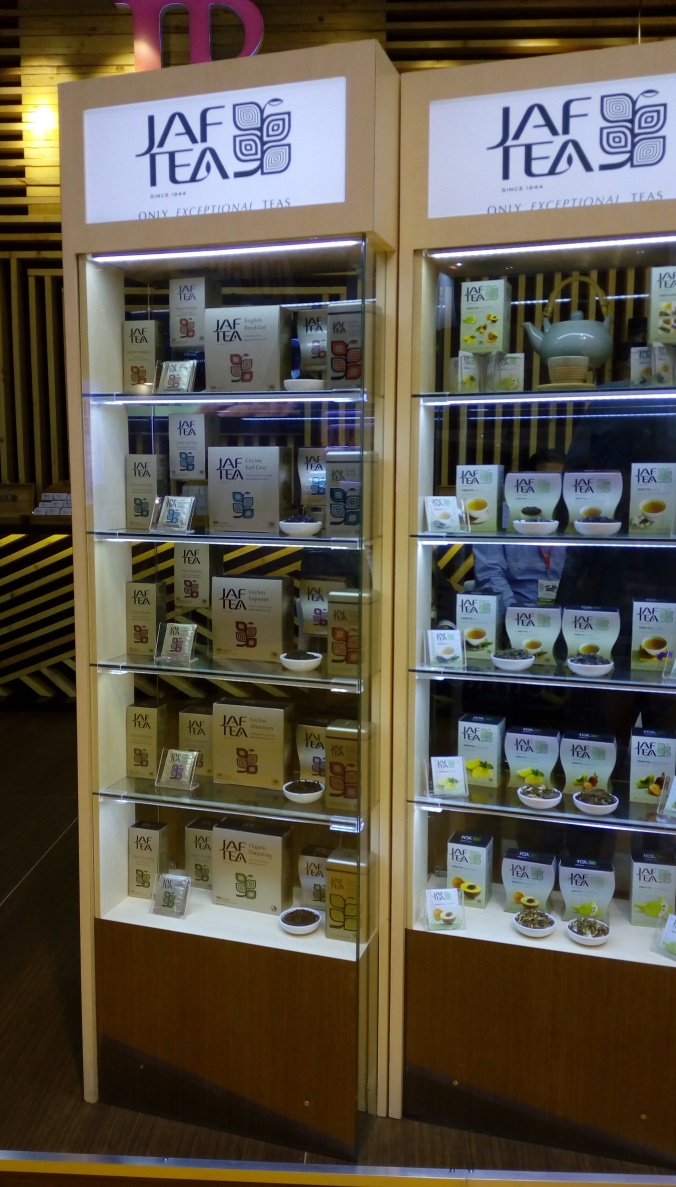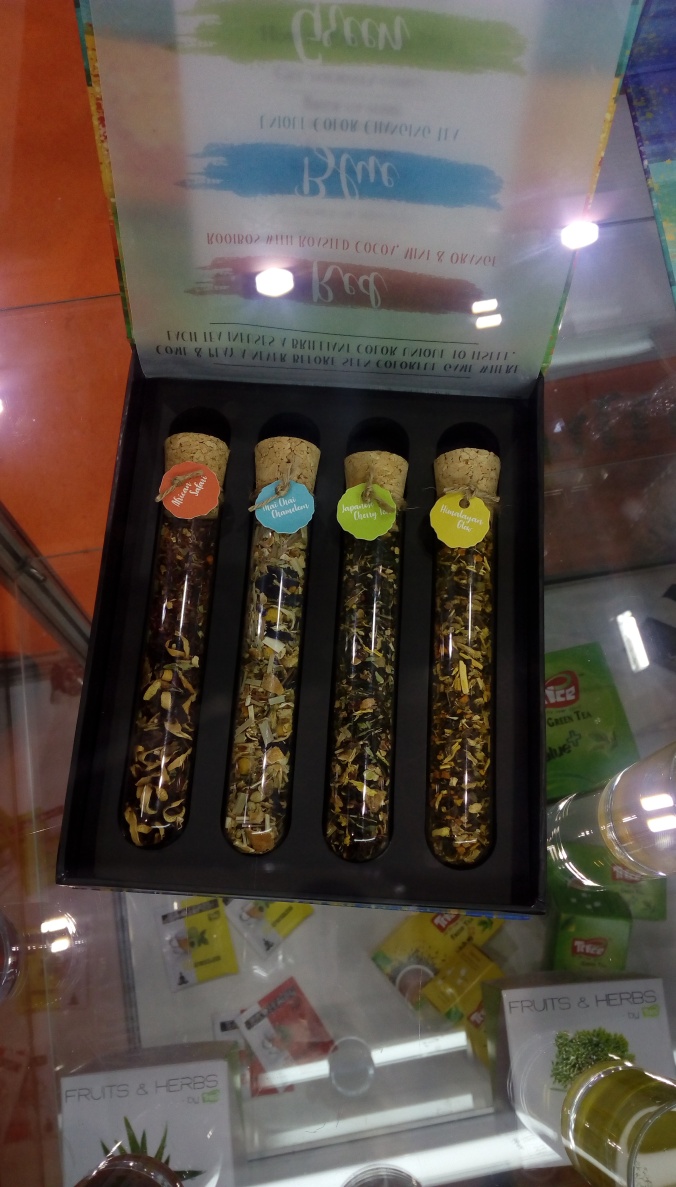Tea actually should mean orthodox tea only, because that’s the natural way to manufacture and drink tea.
However, my above statement will not go so well with the big billion dollar brands ,who make heavy bucks on selling tea which is NOT orthodox. Though majority of the world tea is produced in the orthodox process, it is estimated that at least 40% of the rest of the tea manufactured are not orthodox – they are CTC. This CTC tea is what is mostly available in the market in the branded boxes for the uninitiated buyers.
So, let us understand what is orthodox tea and why they are different from CTC. This understanding is very important to make informed decision about what tea you are going to buy and drink next.
Here it is:
Orthodox tea is made (or manufactured) in the traditional method – that is by hand. Once the tea – leaves, buds and twigs – are plucked, they go through the traditional processes of withering, rolling, oxidization and firing. This takes time to make one batch of tea. However, this time taking is also responsible for creating the various varieties of teas like the white, green, oolong or black.
Since this is the traditional way of manufacturing tea, it is called Orthodox tea. Orthodox tea manufacturing takes time, needs huge manpower (as some processes can only be done by hand) and are more authentic in terms of it aroma, flavour and brew. Because these teas are made in this traditional ways, orthodox teas give the authentic experience of tea drinking by bringing out more complex and subtle multilayer flavours of tea, making such teas expensive and premium.
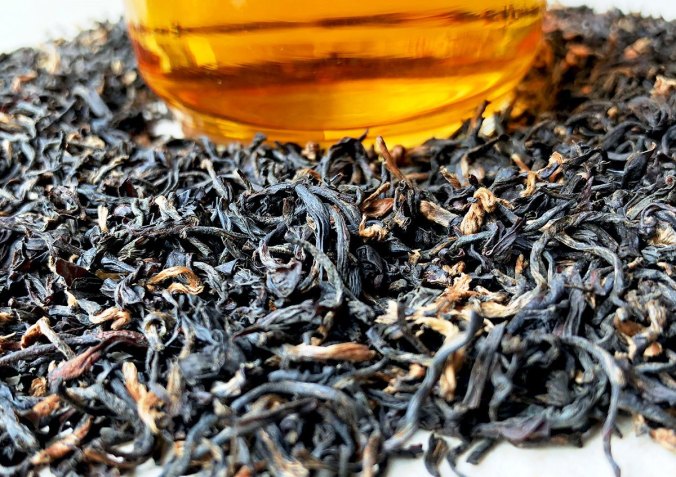
Orthodox tea and tea liquor
With an orthodox tea multiple infusions are also possible, which in a way, reduces the cost per cup for the consumer.
CTC, which stands for Crush, Tear and Curl, is a mechanized process of tea manufacturing where the plucked teas are put in rolling machines for processing. The machine slices everything of the tea-plant – the leaves, twigs and buds – creating a homogenous variety of standard black tea. Yes, CTC produces only black tea, which comes with a strong liquor and bold flavour . They are much cheaper (and poorer in quality) than the orthodox tea as they are machine produced for mass consumption.
CTC tea shall always require milk to be added to the brew (since the liquor is strong) while drinking, and are mostly used for tea bags which are, in turn, filled with the lowest variety of the CTC tea.
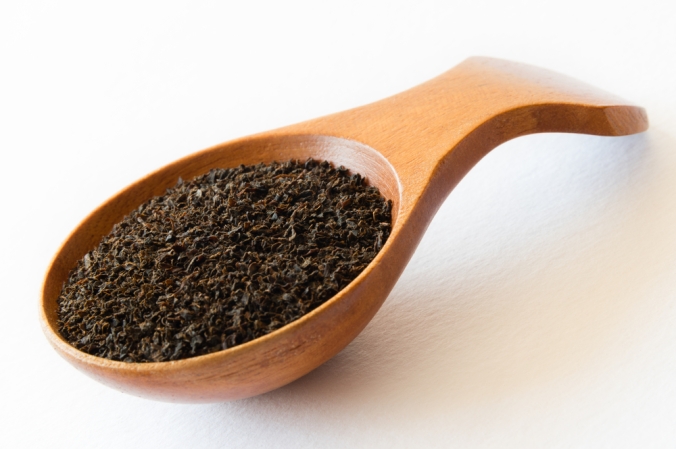
CTC Tea
With CTC tea multiple infusions are not possible.
Want to know more?
Write to me at : itsourcuppatea@gmail.com
Twitter: https://twitter.com/TeawithSusMita
Instagram : teawithsus
